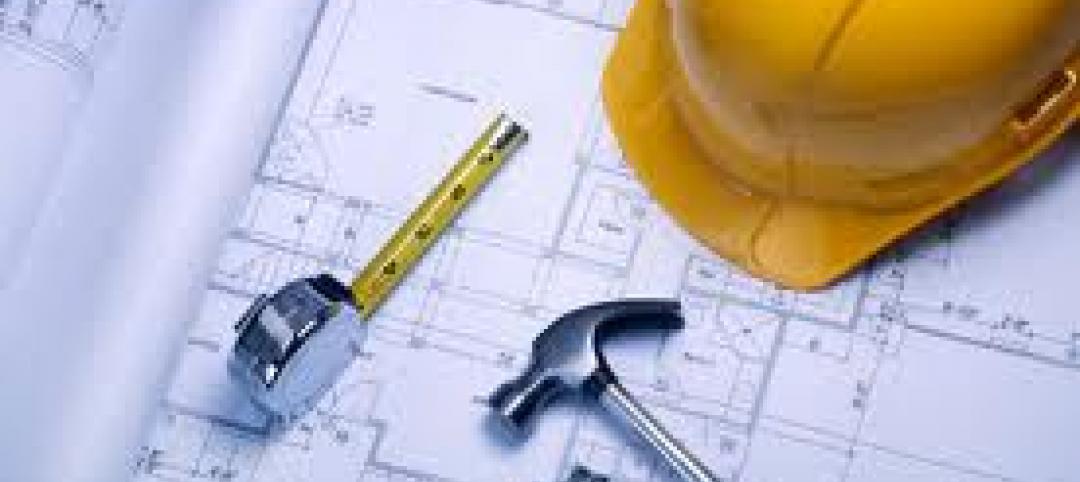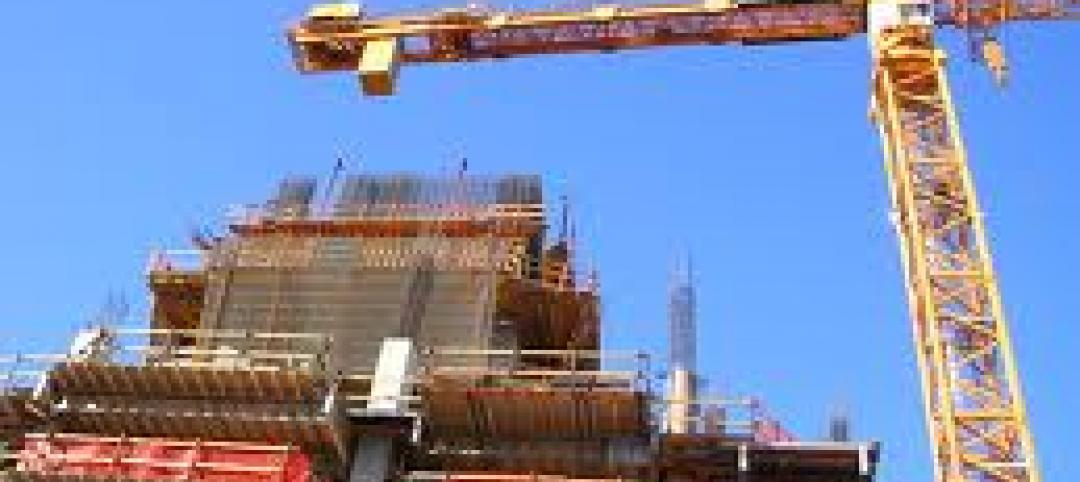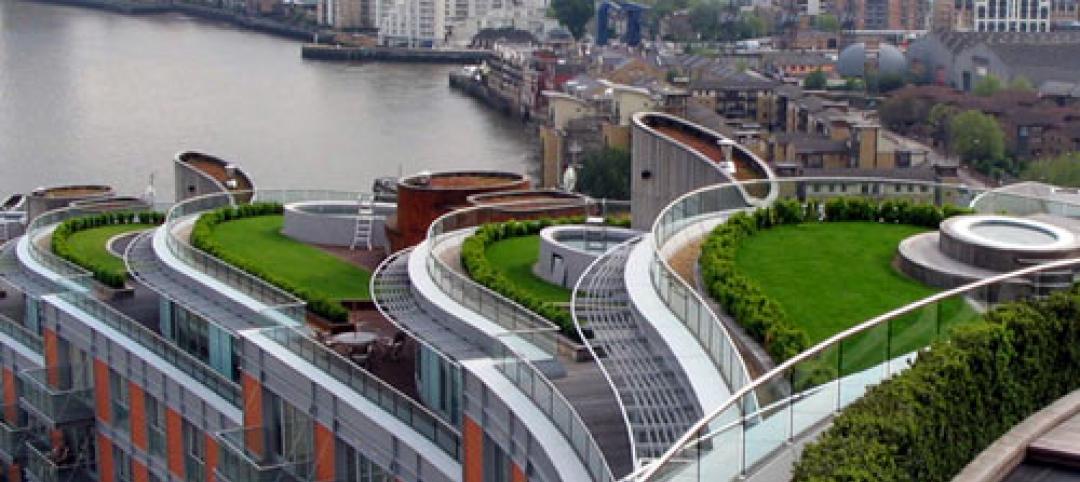Designers and restaurateurs are brainstorming design fixes to make restaurants safer amid the COVID-19 pandemic.
For example, MASS Design Group, an architecture and design collective that has worked with Partners in Health to create safe, sanitary spaces during infectious disease outbreaks around the world, released Spatial Strategies for Restaurants in Response to COVID-19. This white paper advises several measures such as establishing a clearly defined exchange zone for transition of food, supplies, and people to and from the front of the eatery to the back where the kitchen is located.
It also says that the six-foot social distancing rule isn’t practical inside of most restaurants because it would mean reducing capacity by half or more. Instead, when possible, dining space should be expanded outside into public spaces such as sidewalks, streets, and plazas.
In addition, restaurants should post visible documentation of new protocols including PPE, temperature tests, publicly accessible hand washing stations, ordering and processing, and social distancing to boost public confidence. Highly legible signage that directs and manages the flow of people, including floor and wall markings, would enhance appropriate physical distancing.
Related Stories
| May 10, 2012
Resilience should be considered a sustainability factor
Since a sustainable building is one you don't have to rebuild, some building sustainability experts believe adding points for "resilience" to storms and earthquakes to the LEED sustainability rating tool makes sense.
| May 10, 2012
University of Michigan research project pushes envelope on green design
A research project underway at the University of Michigan will test the potential of intelligent building envelopes that are capable of monitoring weather, daylight, and occupant use to manage heating, cooling, and lighting.
| May 10, 2012
Fire suppression agents go greener
Environmental sensitivity is helping to drive adoption of new fire suppression agents.
| May 10, 2012
Industry groups urge Congress to leave contracting decisions to agencies
An organization of several industry groups urged Congress to leave many contracting decisions to the discretion of individual agencies by avoiding blanket mandates.
| May 10, 2012
OSHA proposes new rule to have employers find and fix hazards
The Occupational Safety and Health Administration has proposed a new regulation, Injury and Illness Prevention Program, or I2P2, which would compel employers to find and fix safety hazards.
| May 3, 2012
Stay current on green codes at AGC Environmental Conference
Keep abreast of market trends such as 2012 changes to green standards and codes at the AGC Contractors Environmental Conference, June 7-8, 2012 in Arlington, Va.
| May 3, 2012
OSHA reduces fines in Cincinnati casino collapse
The Occupational Safety and Health Administration has reduced the number of violations from four to two against four firms it cited earlier this month in the collapse of a casino under construction in Cincinnati.
| May 3, 2012
New York City implements controversial crane licensing requirements
New York City officials announced strict new licensing and testing requirements for all crane operators in New York City to raise safety standards.
| May 3, 2012
Green-roof requirement now includes industrial facilities in Toronto
A mandate that requires installation of green roofs on new commercial and residential buildings in Toronto has been expanded to include industrial facilities.
















